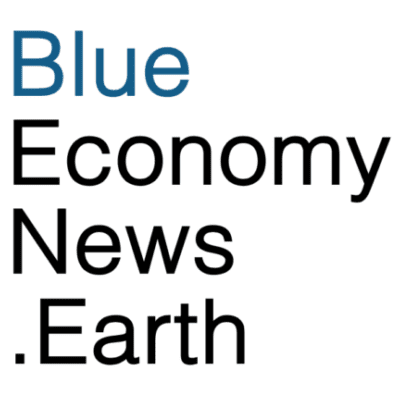The U.S. Office of Energy Efficiency and Renewable Energy (EERE) has expressed its intention to issue a Funding Opportunity Announcement (FOA) entitled “Oceans of Opportunity: U.S. Wave Energy Open Water Testing” that would provide $112.5 million to help the U.S. wave energy sector catch up with Europe’s.
“The European Union and the United Kingdom have already provided significant funding to support the growth of the European marine energy industry, moving it ahead of the United States. The time is right to accelerate the U.S. wave energy industry,” the notification said.
According to the announcement, the goal of the FOA is to advance commercial readiness of wave energy technologies at utility scale, to provide renewable energy for grids; community scale, to serve smaller coastal communities or projects that need not be connected to the grid; and distributed energy scale to support the integration of marine energy technology with blue economy activities at sea. That might include desalination, aquaculture or production of synthetic fuels.
Wave energy could theoretically produce enough power to replace all current sources of electricity, if it wasn’t confined to the coasts. Unlike wind and solar, waves operate 24 hours a day, 365 days a year and they provide an energy density 800 times that of wind. Because of the challenge of developing technologies that can withstand the harsh ocean environment without harming the ecosystem, bringing wave energy to commercialization requires substantial investment, as well as the kinds of government support and subsidies that were granted to other nascent renewable technologies before they became competitive.
EERE states the total available wave energy resource in the United States is equivalent to approximately 34% of all U.S. power generation.
The International Energy Agency/Ocean Energy Systems has set a target to produce 180 gigawatts (GW) of power from wave energy by 2050. Thus far, U.S. developers have developed wave energy converter (WEC) technologies that are ready for open-water testing, and the industry is beginning to incorporate performance testing and third-party device certification to move devices toward commercialization. The infrastructure also includes test facilities, such as PacWave South, expected be ready in 2025, which will be able to test up to 20 WECs and support a maximum total power output of 20 megawatts (MW). The U.S. Navy’s Wave Energy Test Site, Jennette’s Pier, the Cal Poly Pier, and the Scripps Institution of Oceanography’s research pier are all available to support testing, including non-grid connected devices.
Depending on appropriations approval and funding, WPTO plans to open a stage-gated, five-year funding opportunity to advance WECs toward commercial adoption.
The FOA aims to support the Biden Administration’s stated goals of achieving carbon pollution-free electricity by 2035 and delivering “an equitable, clean energy future, and put the United States on a path to achieve net-zero emissions, economy-wide, by no later than 2050.”

